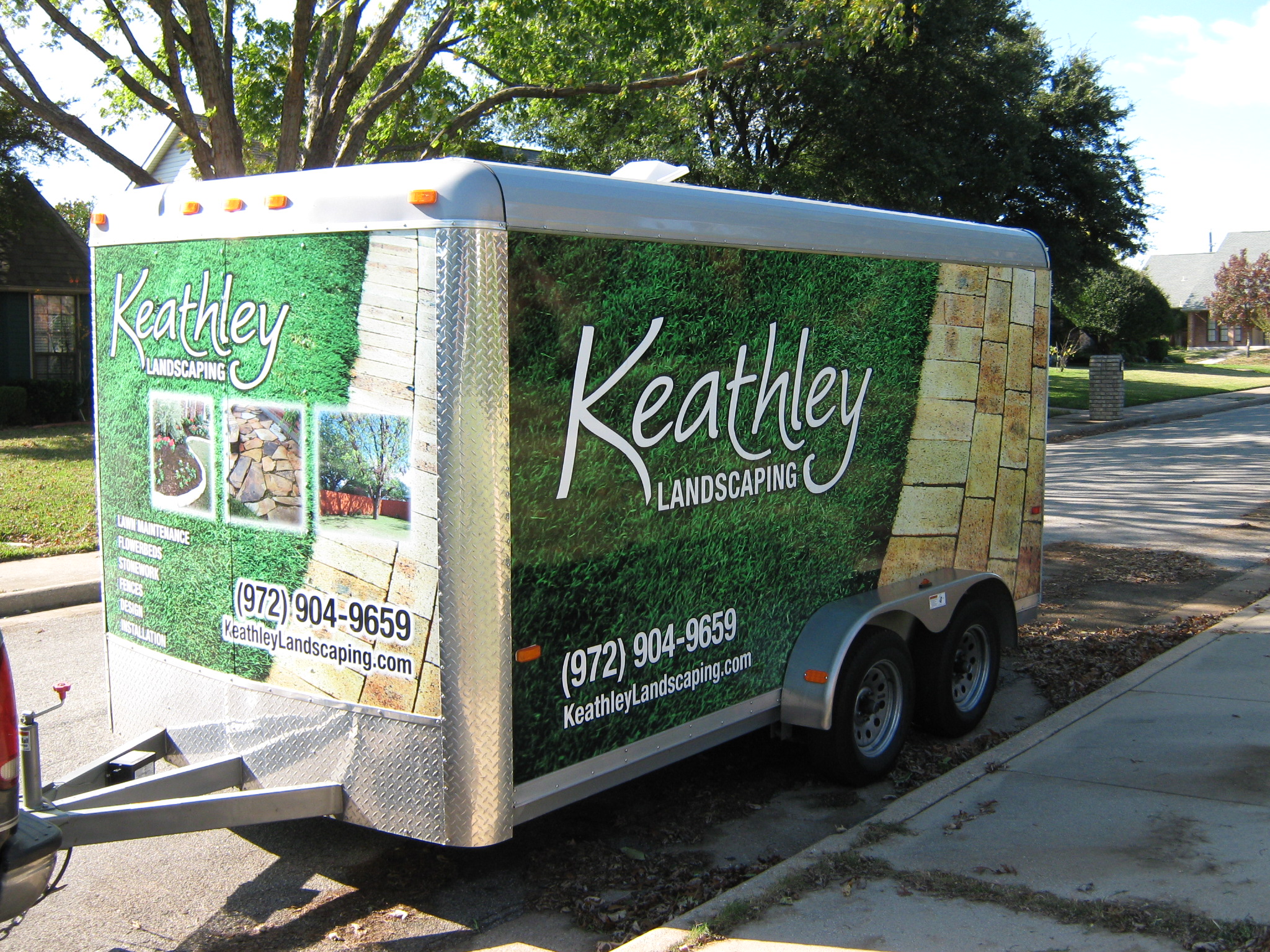Yard Drainage Solutions for High-Rainfall Areas 🌧️
Living in a high-rainfall area can turn your beautiful yard into a soggy mess. Not only is it unsightly, but poor drainage can also lead to more serious issues like foundation damage or plant disease. But don’t worry! In this blog post, we’ll explore effective yard drainage solutions that keep your outdoor space both beautiful and functional.
Table of Contents
1. Understanding the Importance of Yard Drainage
2. Common Yard Drainage Problems
3. Effective Yard Drainage Solutions
4. DIY vs. Professional Help
5. Conclusion
6. FAQs
Understanding the Importance of Yard Drainage 🌿
Proper yard drainage is crucial, especially in regions with heavy rainfall. It prevents water from pooling in unwanted areas, reduces soil erosion, and protects your home’s foundation. By managing water flow effectively, you also enhance the health of your plants and the overall aesthetic of your property. Let’s dive into some common issues and their solutions!
Common Yard Drainage Problems 🚧
Before we get to the solutions, it’s essential to identify the problems:
Poor Grading: Does your yard slope towards your home? This can cause water to accumulate near the foundation.
Clay Soil: This type of soil doesn’t absorb water well, leading to puddles and runoff issues.
Blocked Gutters and Downspouts: If these are clogged, they can cause overflow and water pooling in unwanted areas.
Effective Yard Drainage Solutions 💡
Now that we know the problems, let’s explore the solutions:
1. French Drains
A French drain is a simple yet effective solution. It consists of a trench filled with gravel and a perforated pipe that redirects water away from your yard.
2. Rain Gardens
Consider creating a rain garden. This is a shallow, planted depression designed to absorb rainwater runoff while adding beauty to your landscape.
3. Dry Creek Beds
These are decorative and functional. A strategically placed dry creek bed can channel water away from problem areas while enhancing your yard’s aesthetic appeal.
4. Aeration and Soil Amendment
If clay soil is your issue, aerating the soil and adding organic matter can improve its ability to absorb water.
DIY vs. Professional Help 🛠️
For minor issues, DIY solutions such as installing a rain barrel or adding mulch might suffice. However, for persistent problems or large-scale drainage systems, hiring a professional can save you time and ensure effective results. They can assess your yard’s specific needs and provide a tailored solution.
Conclusion 🎯
Yard drainage in high-rainfall areas doesn’t have to be daunting. By identifying the problems and implementing the right solutions, you can protect your home and enjoy a lush, healthy yard. Take the time to assess your needs, and don’t hesitate to seek professional help if necessary. A little effort now can save you a lot of trouble in the future!
FAQs 🤔
1. How do I know if I have a drainage problem?
Look for signs like standing water, soil erosion, or water stains on your foundation. These often indicate inadequate drainage.
2. Can I install a French drain myself?
Yes, it’s possible for a DIY enthusiast. However, it’s crucial to ensure proper slope and depth, so consulting a professional can be beneficial.
3. Are rain gardens high maintenance?
Rain gardens require some maintenance, such as weeding and occasional replanting, but they are generally low-maintenance once established.
4. How often should I aerate my clay soil?
Aeration is typically recommended once a year, preferably in the fall or spring, to keep the soil healthy and improve drainage.
5. What if my drainage problem persists?
If issues persist, it may be time to consult with a landscape professional to assess and provide a comprehensive drainage solution.






































Recent Comments